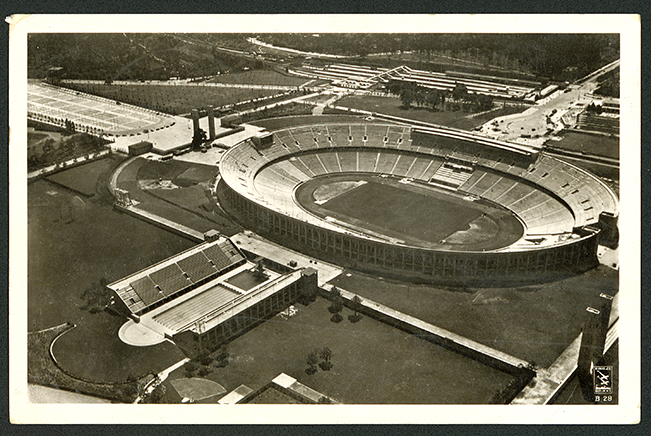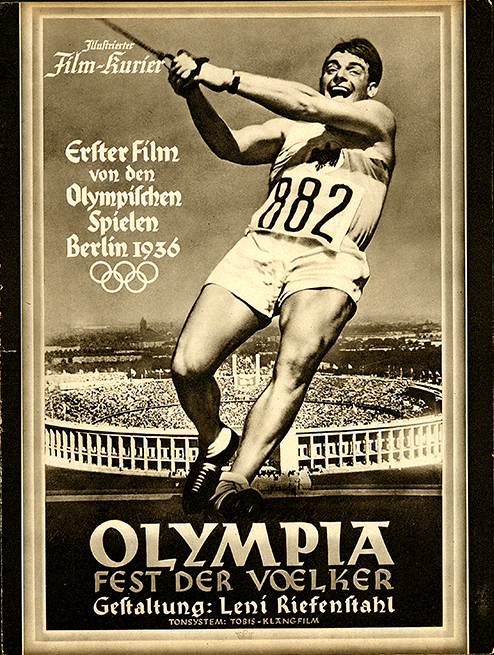In 1931, the IOC (International Olympics Committee) chose Berlin as the site of the 1936 Summer Olympics. Two years later, Hitler became Germany’s Chancellor; soon after that, Germany instituted an “Aryans only” policy to all athletic organizations, making it difficult for high-level athletes in non-Aryan groups to get the funding and training they needed.
Germany’s Nuremberg Race Laws of September 1935, a year after Hitler claimed proclaimed himself Führer, deprived Jews of citizenship. Without German citizenship, Jewish athletes could not participate for Germany in the Olympics. In November of 1935, these laws were expanded to prohibit marriage between Jews or those of “other groups” – interpreted as Blacks and Roma/Sinti – and Germans.
International debate arose about participating in an Olympics hosted by a country with antisemitic and racist policies. But though groups in the United States as well as Great Britain, France, Sweden, Czechoslovakia, and the Netherlands made efforts to boycott the 1936 Berlin Olympics, no official boycotts took place.

Jewish athletes from around the world found themselves faced with difficult individual decisions. Some declined to participate in that summer’s Olympics. But some Jewish athletes would not let the Third Reich stop them from representing their countries.
Among the Jewish Americans participating in the 1936 games was baseball player Herman R. Goldberg.


The 1936 Summer Olympics in Berlin is often remembered for Jesse Owens, an African-American track and field star, dominating his events. Owens shattered Olympic and world records and won four gold medals. The international focus on a Black athlete was considered a failure for Hitler’s Aryan superiority propaganda.
But the 1936 Summer Olympics had more countries participate than any prior Olympics, and Germany won the most medals. Two years later, Nazi sympathizer Leni Riefenstahl’s film documenting the 1936 Olympics was released. Named Olympia, it was released in two parts: Part 1 was Olympia: Festival of Nations, and Part 2 was Olympia: Festival of Beauty. The first feature film ever made documenting an Olympics, parts 1 and 2 were critical successes around the world.
